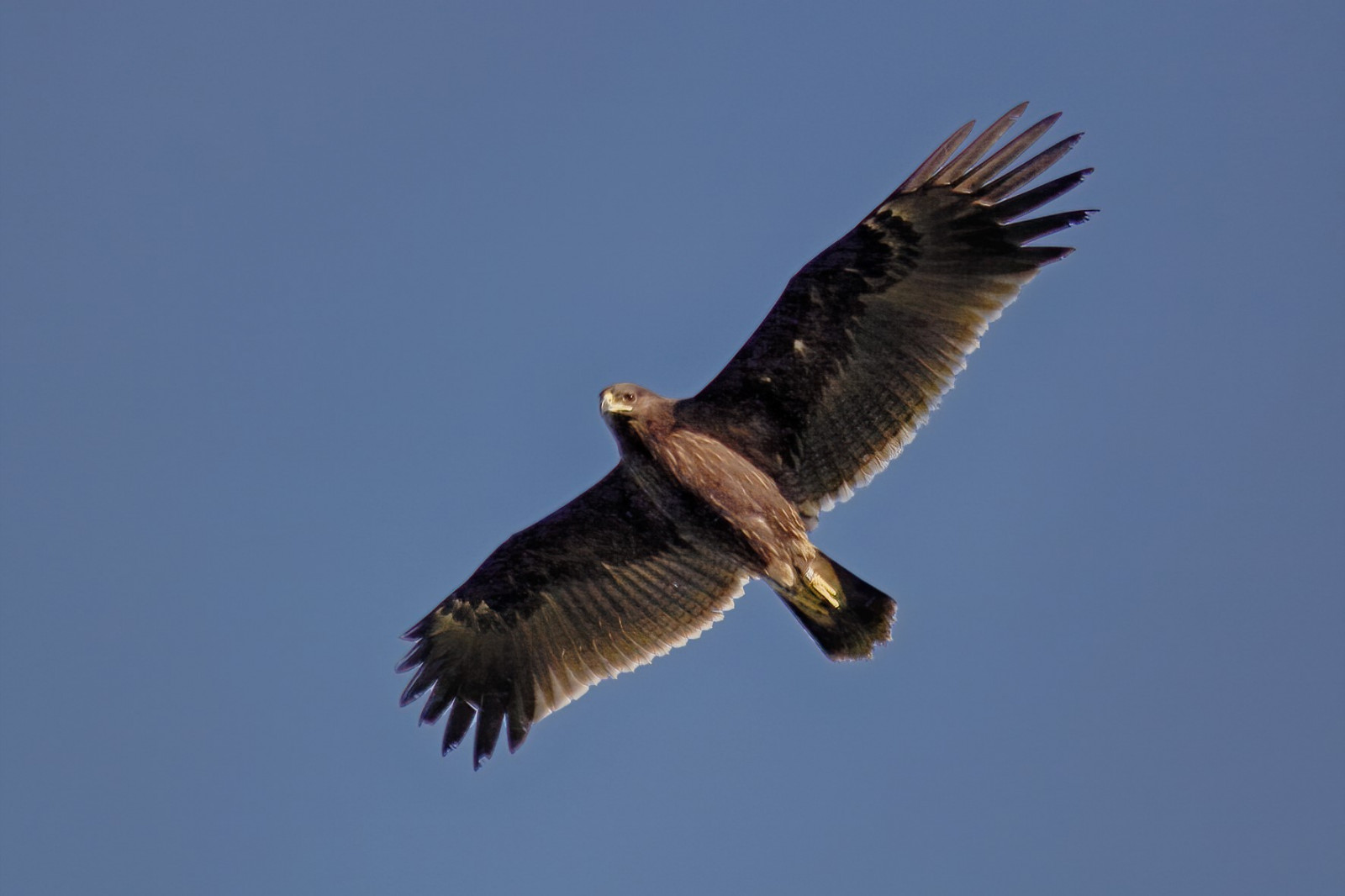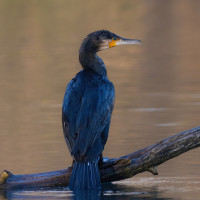Descripción
Breeding speciesi Nyirkai-Hany include Cormorán Grande (which breeds in a conspicuous colony in dead trees),Cormorán Pigmeo, Ánsar común, Garza Imperial, Garceta Grande, Martinete Común, Zampullín Común and Somormujo Lavanco, Pigargo Europeo, Avefría Europea, Avoceta Común, Cigüeñuela común and Charrán Común. A few Cerceta Carretona, Pato Colorado and Porrón Europeo breed here as well. Gaviota Cabecinegra shift their main breeding site between Lange Lacke, Illmitzer Zicksee, the expanses of water at Mexicopuszta, and the Nyirkai-Hany, depending on water levels. There even used to be a small Espátula Común colony here, which has not, however, been used in the past years. All three marsh tern species hunt here regularly during migration, and Porrón Pardo also occurs occasionally. At the right water levels, the Nyirkai-Hany can become a real Eldorado for waders. In winter, Águila Imperial Oriental and also Águila Moteada are regularly encountered. One or two individuals of this latter rare migrant have been wintering in the Hungarian part of the Neusiedler See - Seewinkel National Park since 1996 – especially, in recent years, in the Nyirkai-Hany.
Detalles
Accesso
The train station of Hanságliget is a little more than 2 km from the starting point of this route (and about 5 km from the observation tower). On road 86 from Hanságliget to Bősárkány, turn west onto a small road immediately after crossing the Rábca. The road crosses the railway line a little further on before coming up against a barrier at a pumping station. From here, the rest of the way (about 2 km south- west) must be done on foot or by bicycle. The path along the embankment is lined with willows and groves, from which Tórtola Europea, Pito Real, Cuco Común, Ruiseñor Común, Pájaro-moscón Europeo, Mosquitero Común among others, are heard singing during breeding season. Various reed birds such as Carricerín Común, Carricero Común, Carricero Tordal, Buscarla Unicolor as well as Escribano Palustre can be heard from the stands of reeds on both sides of the path. At the end of the straight path, turn right to soon reach the only observation tower of the area, which offers the best view of the expanses of water of the Nyirkai-Hany. The route returns along the same path.
Terreno y habitat
Humedal , Árboles y arbustos dispersos , Pradera , Estepa , Brezales , CañizosCondiciones
Plano , Paisaje abiertoCamino circular
No¿Se necesita telescopio?
Puede ser útilBuena época para el avistamiento de aves
Todo el añoMejor momento para visitar
Otoño , VeranoRuta
Camino sin asfaltarCamino difícil de andar
FácilAccesible vía
A pie , BicicletaEscondite de observación / plataforma
SíInformación extra
Up until its drainage in the course of modern hydraulic engineering measures, the “Hanyság” (as it is marked in older works of cartography) had been a wetland shrouded in legend and only frequented by fishermen and hunters. It was hunters who published the most detailed accounts of the region’s animal diversity before the completion of the main regulation channel, the Einser-Kanal.







